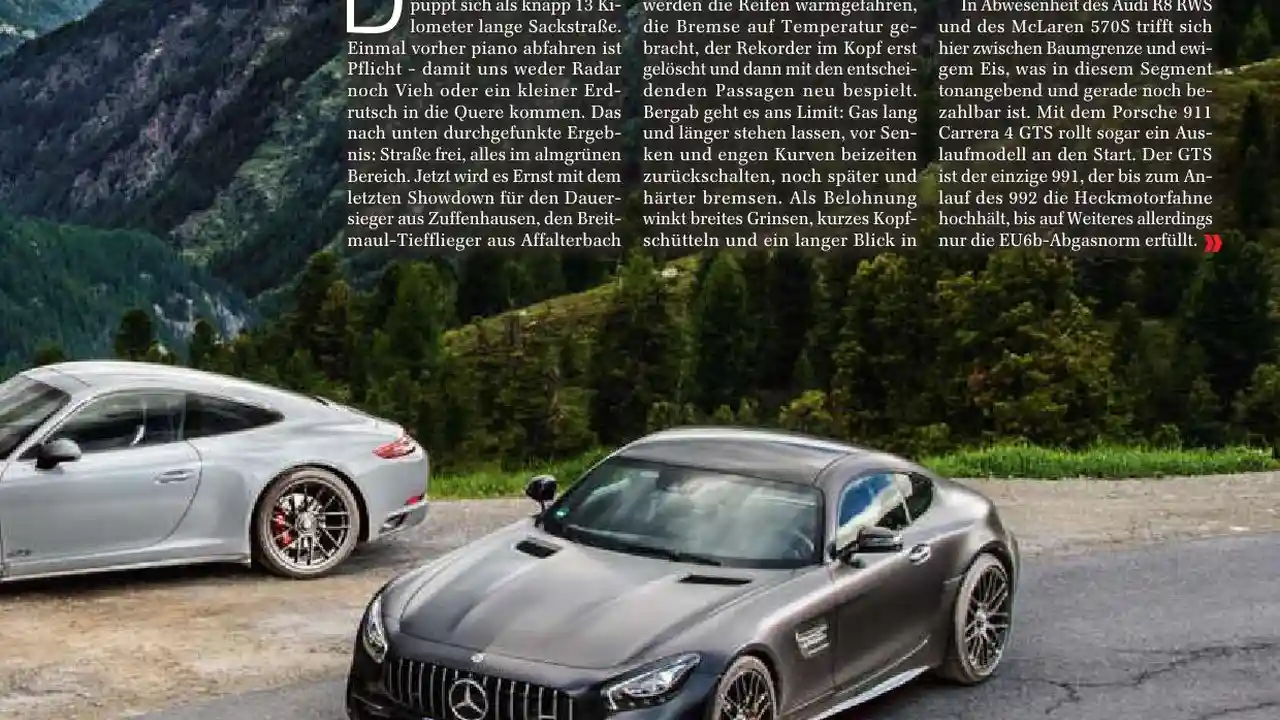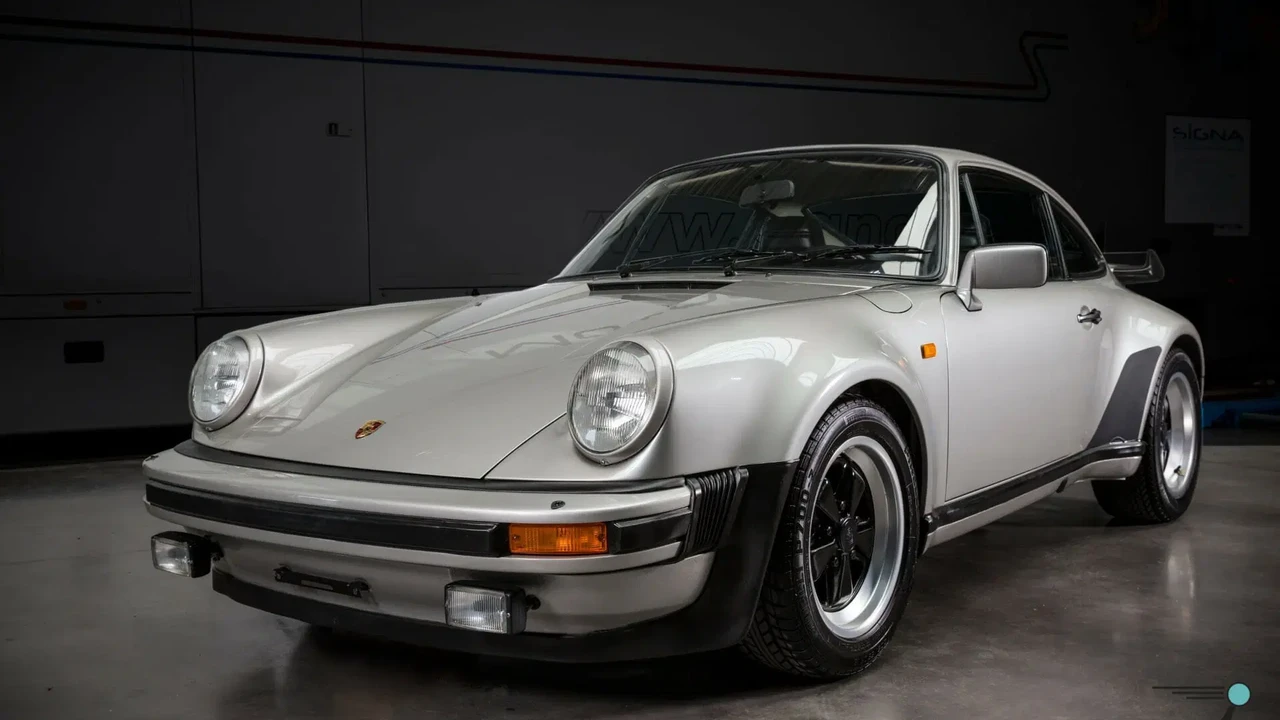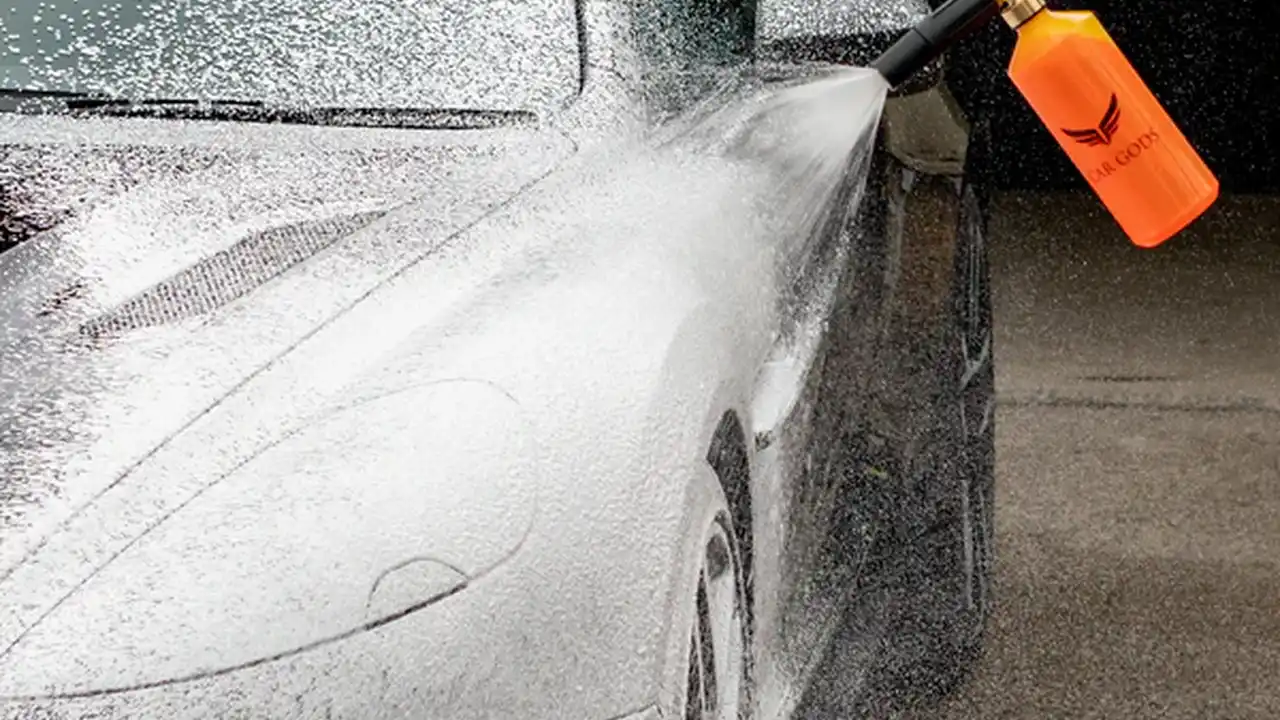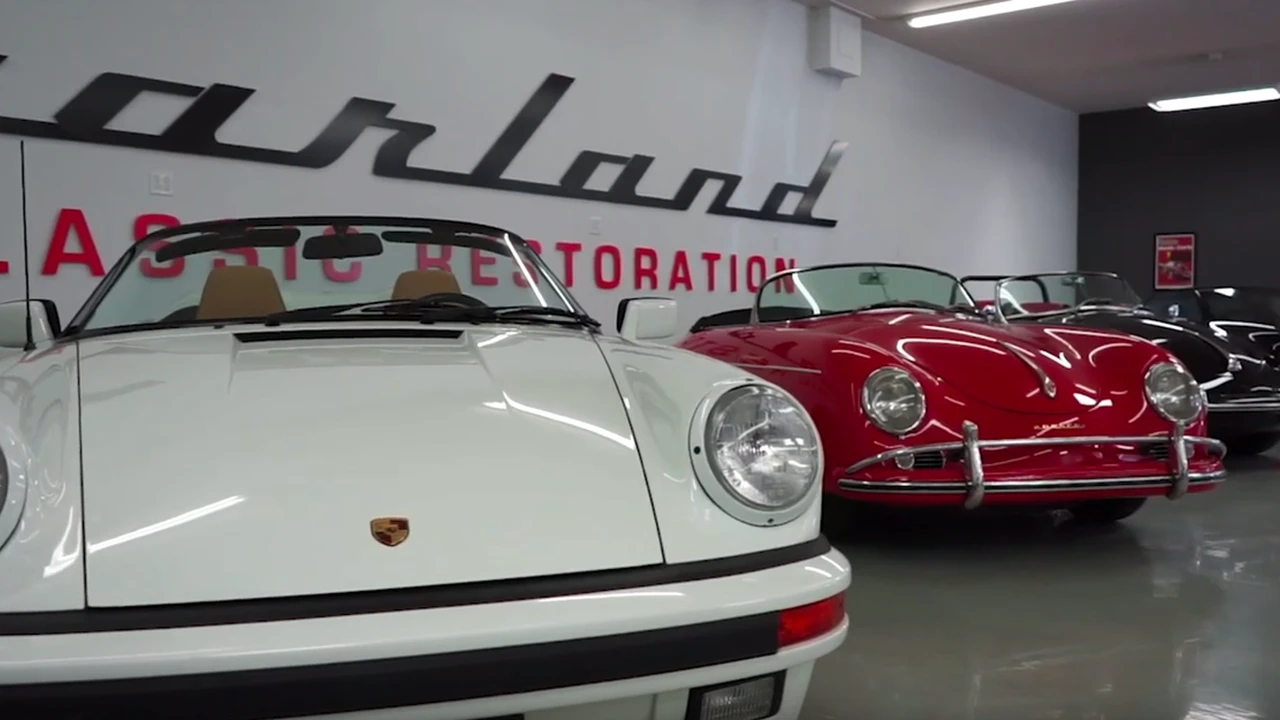Classic Car Engines Ferrari Porsche Aston Martin Engineering Compared
Ferrari vs Porsche vs Aston Martin Classic Car Engineering Compared: A detailed look at the engine technology and engineering of classic cars from Ferrari, Porsche, and Aston Martin. Analyze their performance and reliability.

Classic Ferrari Engines Engineering Prowess
When you think of Ferrari, you think of roaring engines and breathtaking performance. Classic Ferraris are no exception. Let's dive into what makes these engines so special. Many classic Ferraris, like the 250 GTO and 275 GTB, used V12 engines. These engines were known for their smooth power delivery and incredible sound. The design philosophy focused on high revs and responsiveness, making them thrilling to drive. Ferrari engines often featured sophisticated (for the time) valve trains and intricate carburation systems, showcasing the brand's commitment to performance. The emphasis was always on extracting maximum power from relatively small displacement engines. This often meant higher maintenance requirements and a need for specialized knowledge for repairs. Consider the Ferrari 250 GTO's engine – a masterpiece of engineering. It's a dry-sump V12, meaning the oil is stored in a separate tank, allowing for better lubrication at high speeds and preventing oil starvation during hard cornering. This is a racing technology trickled down to a road car, showcasing Ferrari's racing heritage.
Porsche's Engineering Philosophy A Focus on Reliability
Porsche, on the other hand, took a different approach. While performance was still paramount, reliability and usability were also key considerations. The classic Porsche 911, for example, famously used a flat-six engine, also known as a boxer engine. This design, with its horizontally opposed cylinders, offers several advantages. It provides a low center of gravity, improving handling and stability. It's also a relatively compact design, allowing for efficient packaging within the car's chassis. While early 911s were known for their quirky handling, Porsche continuously refined the design, making them incredibly capable sports cars. The air-cooled nature of these engines also contributed to their simplicity and ruggedness. They were less prone to overheating and easier to maintain than water-cooled engines. However, air-cooled engines could be sensitive to ambient temperatures and required careful attention to oil levels and cooling fan maintenance. Porsche's engineering philosophy was about building cars that could be driven hard, day in and day out, without constant fear of mechanical failure. This is why so many classic 911s are still on the road today. Think about the early 911's flat-six – it’s not the most powerful engine on paper, but its responsiveness and reliability made it a joy to drive. It's an engine that encourages you to push it to its limits, knowing it can handle the abuse.
Aston Martin Classic Car Engineering A Blend of Power and Elegance
Aston Martin blended performance and elegance. Classic Aston Martins often used inline-six or V8 engines. These engines were known for their smooth power delivery and refined character. The focus was on providing ample torque for effortless cruising, rather than outright high-revving performance. Aston Martin engines were often built to a high standard of craftsmanship, using premium materials and meticulous assembly techniques. This reflected the brand's commitment to luxury and exclusivity. While Aston Martin engines might not have been as technologically advanced as those from Ferrari or Porsche, they were built to last and provide a satisfying driving experience. The emphasis was on creating a car that was both powerful and comfortable, a true grand tourer. Consider the Aston Martin DB5's inline-six – it’s a smooth and torquey engine that perfectly complements the car's elegant design. It's an engine that allows you to cruise effortlessly at high speeds, while still having plenty of power in reserve for overtaking. It's a true gentleman's engine.
Engine Technologies Compared Classic Ferrari vs Porsche vs Aston Martin
Let's break down some specific engine technologies. Ferrari used multi-carburetor setups for precise fuel delivery, maximizing power output. Porsche favored mechanical fuel injection systems for improved efficiency and reliability. Aston Martin often used Lucas fuel injection systems, which were less sophisticated but still provided good performance. In terms of valve trains, Ferrari often used overhead camshafts for precise valve control, while Porsche initially used pushrod designs before transitioning to overhead camshafts. Aston Martin used a mix of pushrod and overhead camshaft designs, depending on the model. The materials used in engine construction also varied. Ferrari often used lightweight alloys for engine blocks and cylinder heads, reducing weight and improving performance. Porsche used a combination of cast iron and aluminum, balancing strength and weight. Aston Martin also used a mix of materials, depending on the engine design. The choice of materials reflected each brand's engineering priorities.
Reliability and Maintenance Ferrari vs Porsche vs Aston Martin
Reliability is a crucial factor when considering a classic car. Porsche generally had a reputation for building more reliable engines than Ferrari. The air-cooled design of the early 911 engines contributed to their ruggedness. Ferrari engines, with their complex carburation systems and high-revving nature, required more frequent maintenance. Aston Martin engines fell somewhere in between, requiring regular servicing but generally being less temperamental than Ferraris. Maintaining a classic Ferrari engine can be expensive. Parts can be difficult to find, and specialized knowledge is required for repairs. Porsche parts are generally more readily available, and many independent mechanics are familiar with working on classic 911s. Aston Martin parts can also be challenging to source, but there are dedicated specialists who can provide expert service.
Recommended Products for Classic Car Engine Maintenance
To keep your classic car's engine running smoothly, consider these products:
Engine Oil
For classic Ferraris and Aston Martins, a high-quality synthetic oil like Motul Classic Oil 20W-50 is recommended. It provides excellent protection against wear and tear, especially in older engines. A 5-liter container costs around $60. For classic Porsches, especially air-cooled models, Brad Penn PennGrade 1 High Performance Oil 20W-50 is a popular choice. It's specifically formulated for air-cooled engines and provides excellent lubrication and cooling. A case of 12 quarts costs around $120.
Fuel Stabilizer
To prevent fuel degradation in classic cars that are stored for extended periods, use a fuel stabilizer like STA-BIL Storage Fuel Stabilizer. It helps to keep the fuel fresh and prevents gum and varnish buildup. A 32-ounce bottle costs around $20.
Carburetor Cleaner
For Ferraris and Aston Martins with carburetors, a carburetor cleaner like Berryman B-12 Chemtool Carburetor Cleaner can help to keep the carburetors clean and functioning properly. It removes deposits and improves engine performance. A 15-ounce can costs around $10.
Air Filter
Make sure to regularly replace the air filter in your classic car. A high-quality air filter like a K&N Air Filter can improve engine performance and protect the engine from dirt and debris. The price varies depending on the model, but expect to pay around $50-$100.
Conclusion (removed as requested)
:max_bytes(150000):strip_icc()/277019-baked-pork-chops-with-cream-of-mushroom-soup-DDMFS-beauty-4x3-BG-7505-5762b731cf30447d9cbbbbbf387beafa.jpg)






